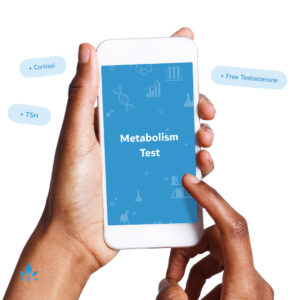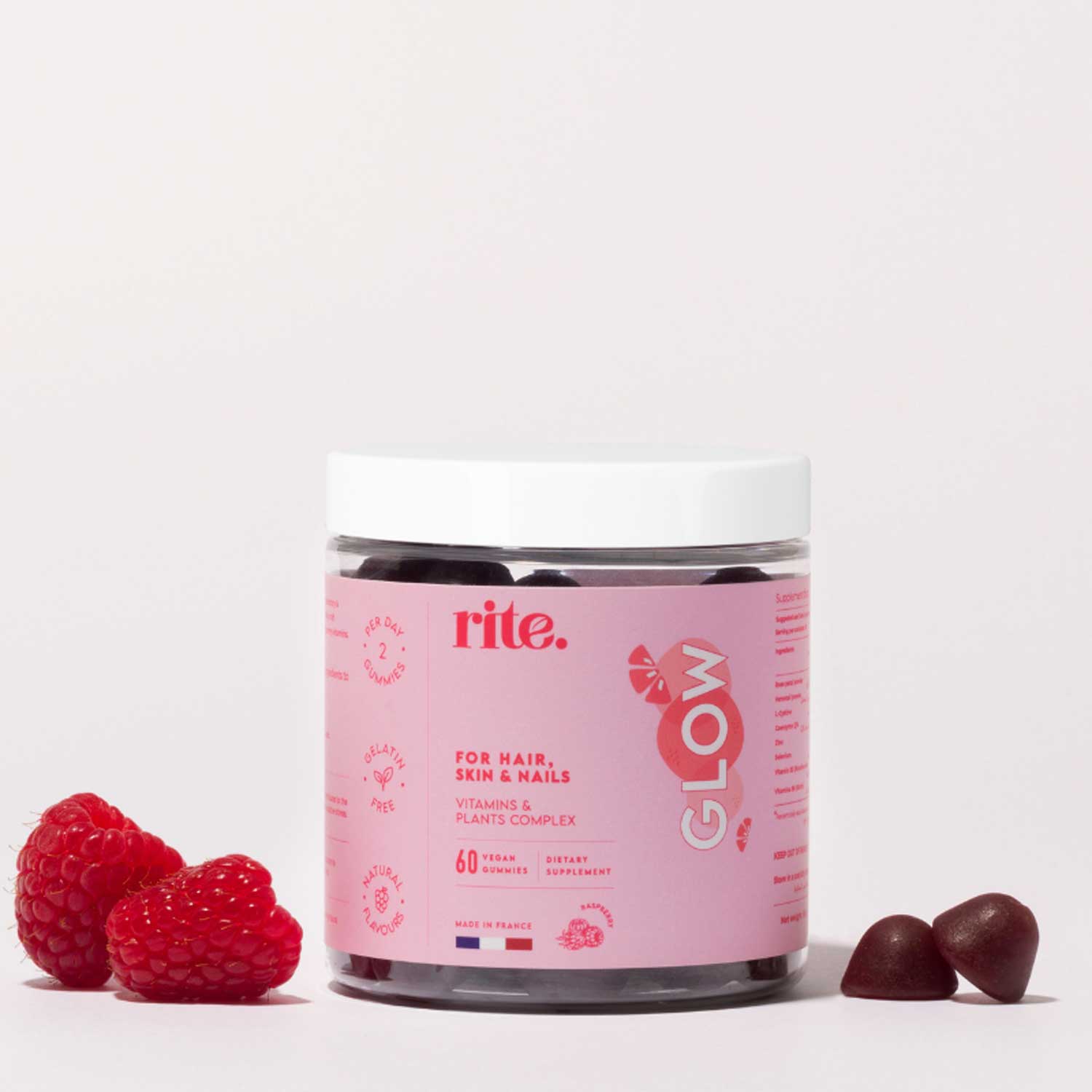Can I Lighten my Baby’s Skin?


Baby’s skin is delicate. First, skin lightening is the use of creams over time to decrease melanin, the substance that gives skin its pigment. Less melanin means lighter skin. This may also be called “skin whitening” or “skin bleaching.”
Under a dermatologist’s care, lightening creams are used to treat specific skin conditions. But creams are also commonly used in some cultures to lighten skin tone overall. This is a practice that is especially dangerous for children.
The concern with skin lighteners is twofold. First, the compounds used to lighten skin have been linked to health concerns. Hydroquinone is a primary active ingredient in many skin lighteners (including those available by prescription). Hydroquinone has been linked to ochronosis or dark-bluish skin discoloration. It is also under investigation by the FDA for potentially being a carcinogen (cancer-causing agent).
Remember this;
Over-the-counter (OTC) skin lighteners pose additional dangers. In November 2015, the FDA issued a consumer alert that mercury was found in skin-lightening creams in at least seven states. Mercury exposure can damage the kidneys and the nervous system. In very young children (and babies in the womb), mercury exposure can interfere with brain development. According to the alert, mercury can damage the health of children in the same household as adults using the cream. Even if it isn’t directly used on the child’s skin.
A 2011 article in the journal Prescribe International reviewed several studies involving thousands of people. They concluded that using skin lighteners regularly over large areas of the body can lead to irreversible skin problems. As well as increase the risk of high blood pressure, diabetes, and other system-wide diseases.
Children are at higher risk because their bodies are different from adults. Baby’s skin is thinner and they have more of it related to their size. They can absorb more of whatever is on their skin into their bloodstream. Agents in their blood are more likely to cross into their brain and nervous system because the barrier between these is immature (the blood-brain barrier).
These products are best avoided by children and adults alike. Try the Toddler skin product from our very own shop.
Sources:
- Food and Drug Administration
- Mercury Poisoning Linked to Skin Products.
Food and Drug Administration - The National Toxicology Program.
Columbia Center for New Media Teaching and Learning - Differences Between Children and Adults.
Skin-lightening cosmetics: frequent, potentially severe adverse effects - Prescrire Int
- 2011 Sep;20(119):209-13, 215
- Review.
Nnoruka E, Okoye O - Topical steroid abuse: its use as a depigmenting agent
- J Natl Med Assoc
- 2006 Jun;98(6):934-9.
Morand JJ, Ly F, Lightburn E, Mahé A - [Complications of cosmetic skin bleaching in Africa]
- Med Trop (Mars)
- 2007 Dec;67(6):627-34
- Review.
Olumide YM, Akinkugbe AO, Altraide D, Mohammed T, Ahamefule N, Ayanlowo S, Onyekonwu C, Essen N - Complications of chronic use of skin lightening cosmetics. Int J Dermatol
- 2008 Apr;47(4):344-53
- doi: 10.1111/j.1365-4632.2008.02719.x
- Review.
Fernandes JD, Machado MC, Oliveira ZN - Children and newborn skin care and prevention
- An Bras Dermatol
- 2011 Jan-Feb;86(1):102-10
- Review.
Powered by Bundoo®












































